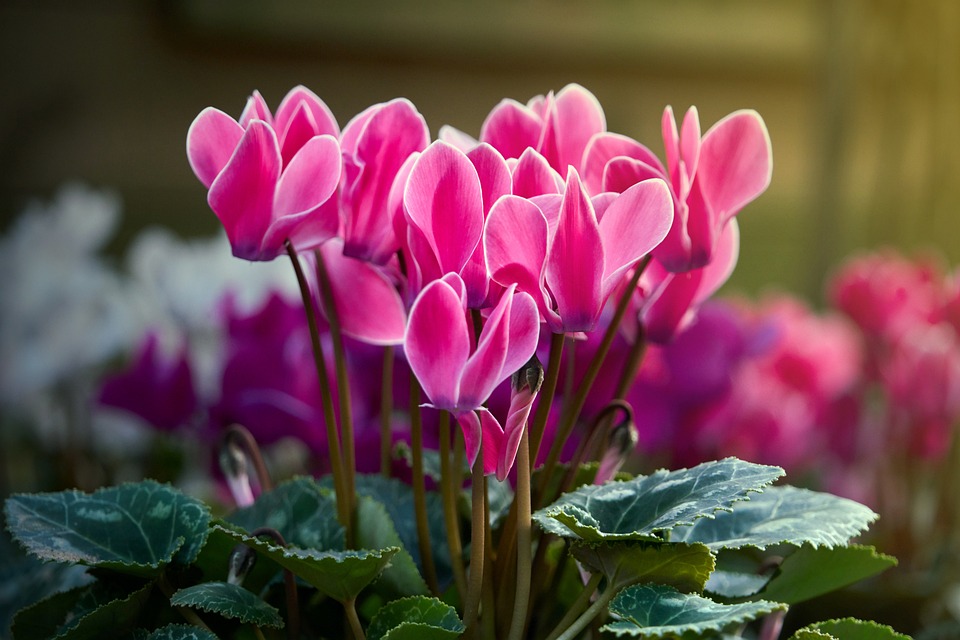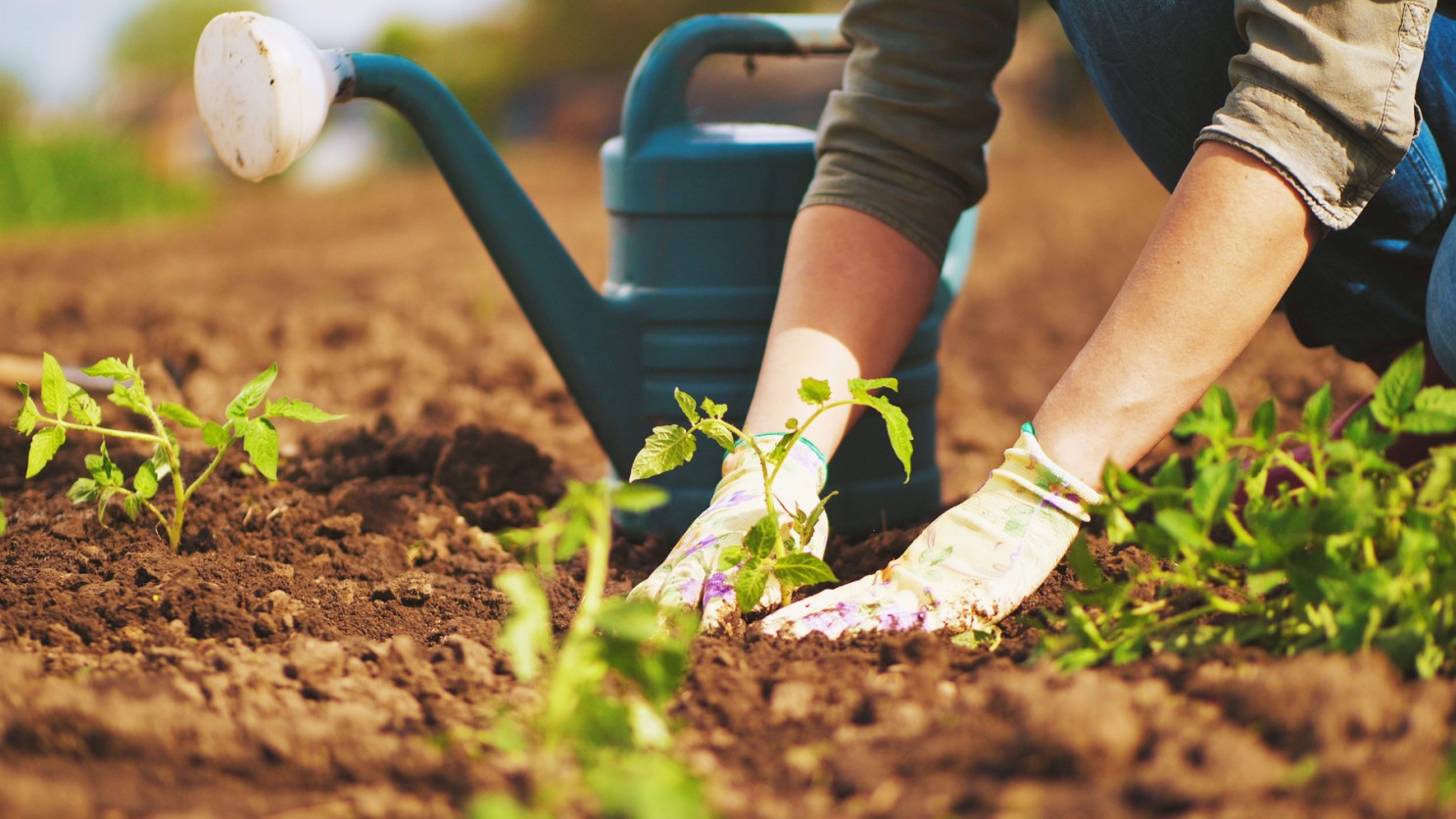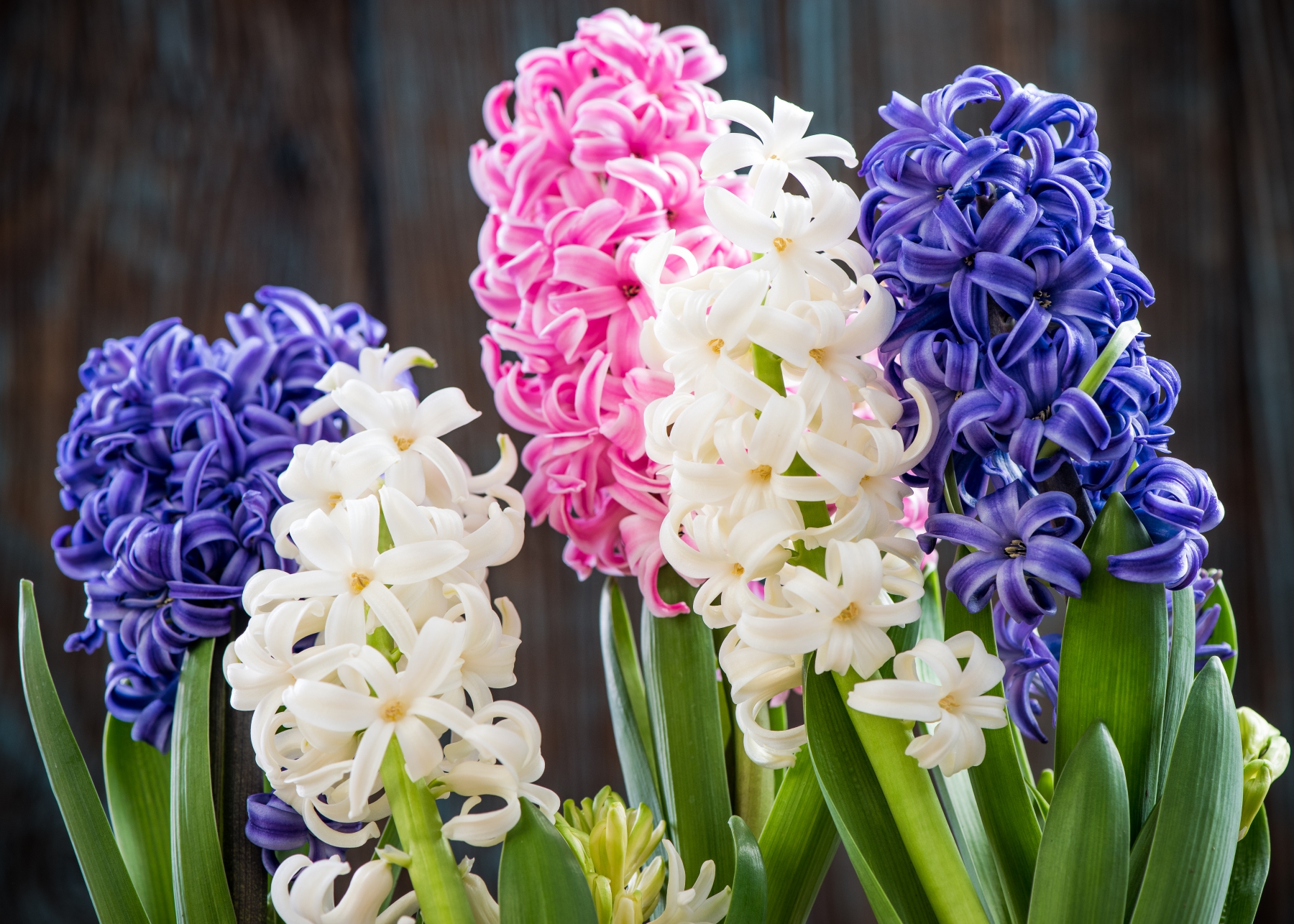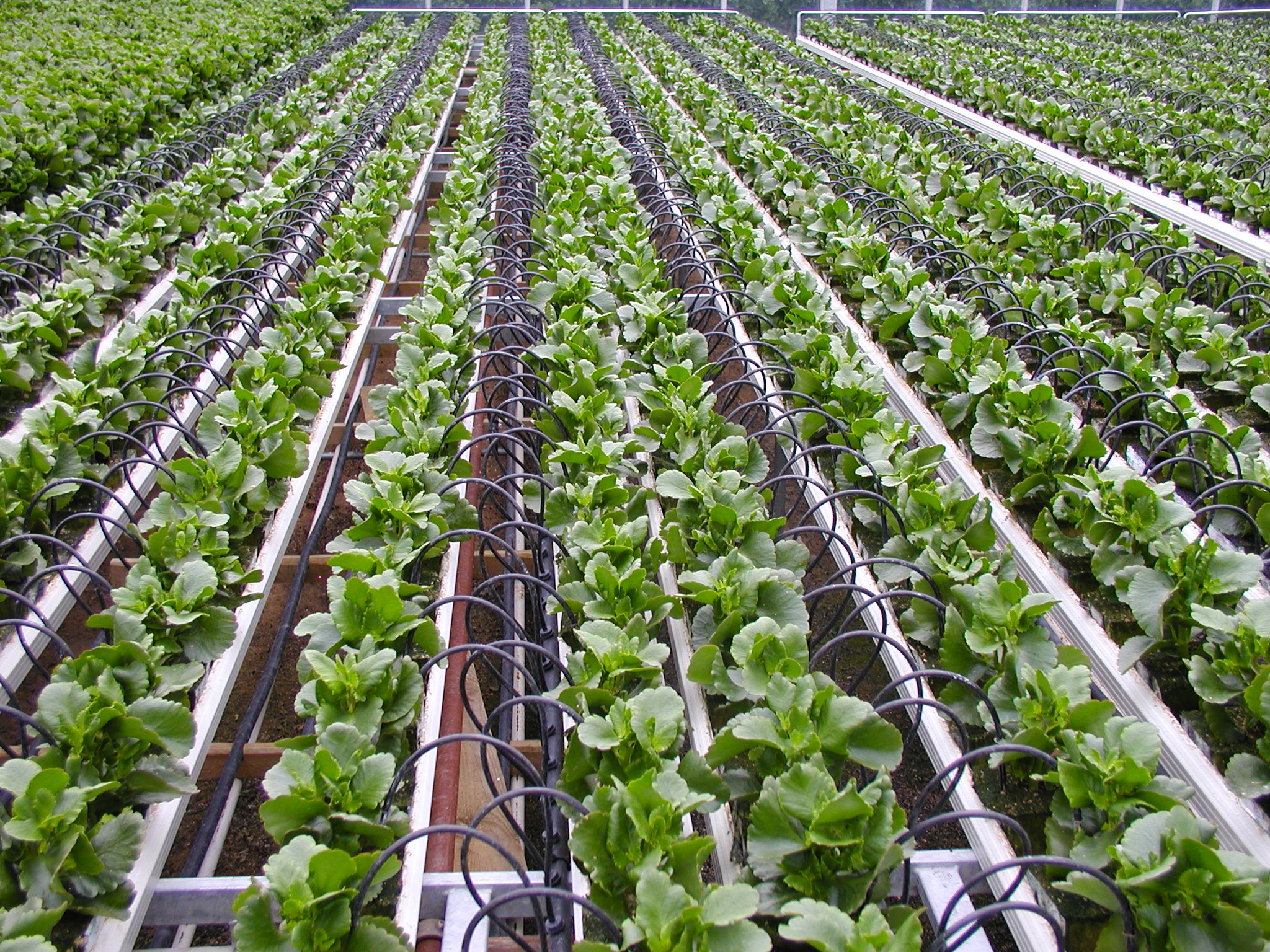Some homes wouldn’t be festive without the traditional plant with large red flowers called a poinsettia.
And yet, in place of this plant of Mexican origin, there is another flourishing right at Christmas time: the cyclamen, an alternative to the poinsettia. Popular for its bright flower color, the cyclamen is an ornamental plant in every sense of the word.
Compared to the poinsettia, which is native to Mexico, the poinsettia, which is native to Europe, is more cold-resistant.
Red Cyclamen for Christmas Decorations
Among the many varieties distinguished by their color, leaf size, and shade, some, like the poinsettia, have red flowers, making them ideal for Christmas decorations. Cyclamen are ideal for apartments not only for purely aesthetic reasons but also because of their excellent purifying properties.
Cyclamen Useful advice
The cyclamen does not like a hot environment. In summer, it is best to place it in the coolest part of the house, not exceeding 15-18°C (59-86°F), or outdoors in the shade.
Winter is its favorite season. It is very tolerant of low temperatures and can live at 0°C. There is no need for much water, as it does not like stagnation. It is best to pour water directly into a saucer so the plant can pump itself the amount it needs. In dry soil, it can tolerate sub-zero temperatures.
It is essential to avoid sudden temperature changes and to always provide adequate light.
To ensure that the cyclamen will change color and produce beautiful flowers in winter, some precautions should be taken during the summer months. Around June, old flowers that are already dead should be removed, along with the dead leaves, leaving only the bulbs. Plants should be placed out of the sun, preferably in the shade.
September is also the time for a changeover. Repot the cyclamen in new soil and water regularly. Next winter, the cyclamen will grace your home again for Christmas.
Caring for a Dying Cyclamen
Before you decide that there is a problem with your cyclamen, remember that healthy cyclamen naturally turns yellow and defoliate in the summer. This fall is entirely normal, as the plant is preparing to enter a period of dormancy. After summer, the leaves and flowers will grow back.
If you have been growing the plant for several years, you should place the dead plant in a shady garden, terrace, or balcony around June and gradually reduce the amount of water to zero when the leaves turn yellow. In early fall, repot the plant with a new soil mixture, move it to a brighter location, and water it again moderately.
When plants show symptoms of decay during the fall and winter, it means there is a problem. Therefore, it is necessary to know the cause of the situation in order to deal with it as quickly as possible.
Here are some common problems and how to deal with them.

The Leaves Are Yellow
In fact, many cyclamen diseases are related to improper care of potted plants. Let’s discuss the cultivation techniques that should be used for this plant. If these methods are not followed, the plant will have several problems.
Light: This plant thrives in a bright environment, i.e., in partial shade. Direct sunlight can damage the plant, causing the leaves to dry and limp.
In winter, however, cyclamen can tolerate direct sunlight. On the other hand, the absence or lack of light will result in longer flower stalks, oversized and brittle leaves, and delayed or absent flower production.
Watering: The tuberous root of the cyclamen should only be soaked up to half of the soil, and watering over the bulb should be avoided at all costs, as it may lead to rotting.
Rotting of cyclamen is caused by fungi that multiply in the presence of excessive moisture. Rot manifests itself in the form of yellowing of the leaves and plant parts, the loss of flowering, and, in the most severe cases, the collapse of the flowers and leaves.




